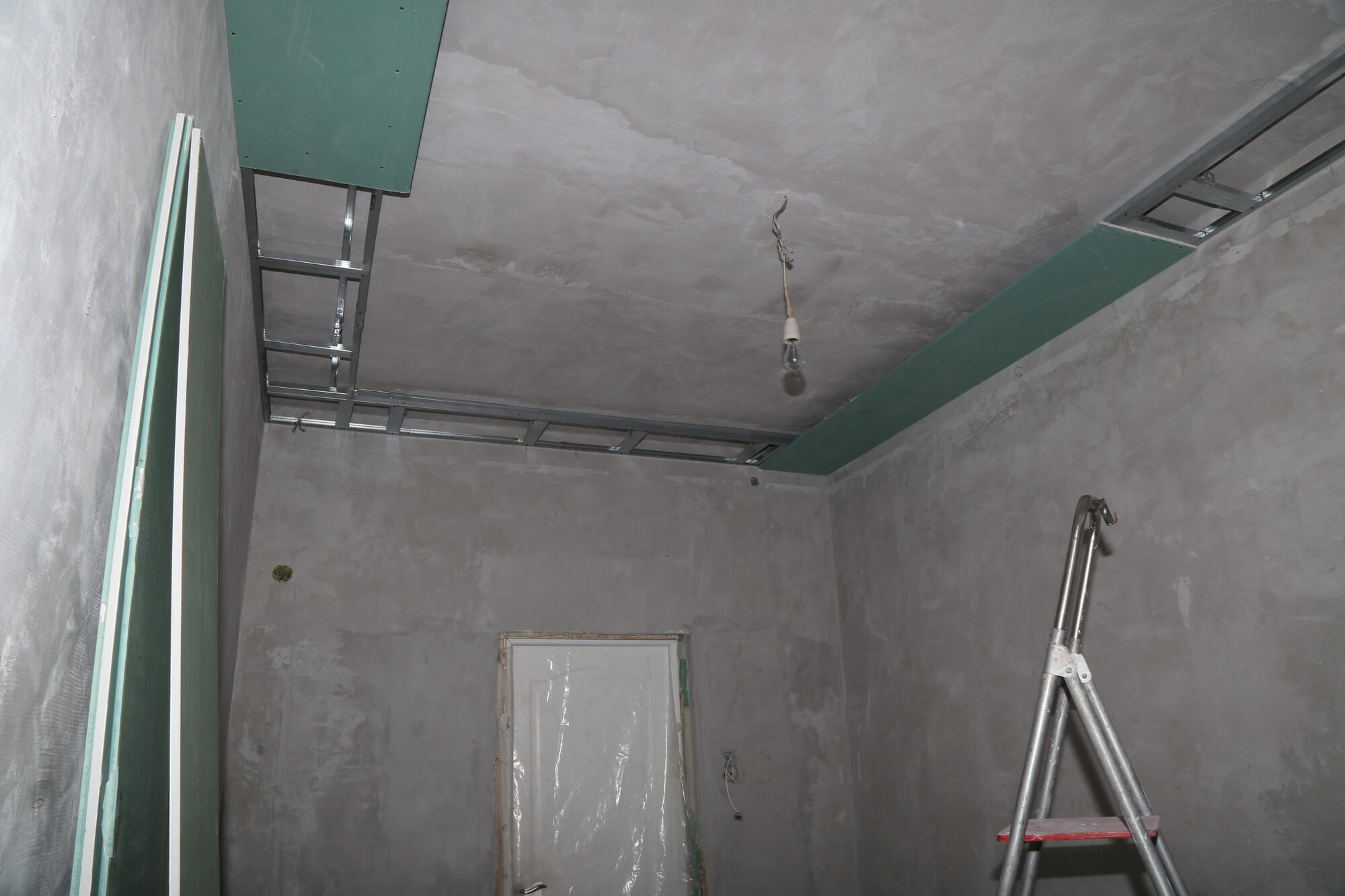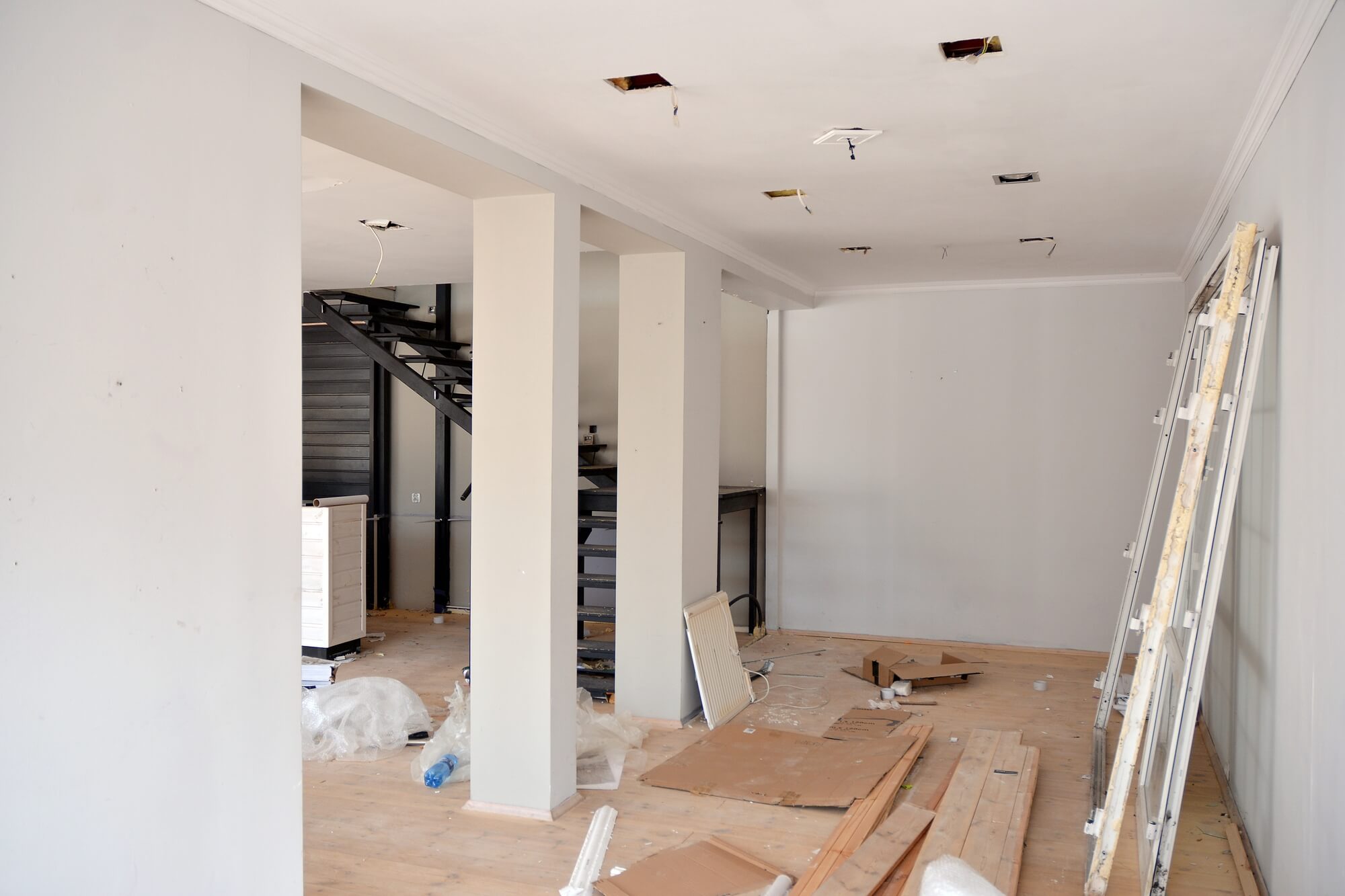June 30, 2024
Beyond Aesthetics: Combining Design and Functionality in Commercial Roofing
Many commercial property owners make the initial mistake of prioritizing aesthetics when
Commercial properties are the lifeblood of our economy, serving as hubs for senior care, offices, hospitality, and more. However, these valuable assets often require restoration to maintain their functionality and aesthetics. Yet, the enduring functionality and aesthetic appeal of these buildings often necessitate commercial restoration services.
In the world of commercial restoration, avoiding common mistakes isn't merely a preference; it's an imperative. Learn about the critical aspects of commercial restoration, emphasizing its vital role in preserving and enhancing commercial buildings, and gain valuable insights from our extensive experience in this field.

The upkeep of commercial properties is essential for both property owners and the communities they serve. Neglecting the restoration needs of these properties can lead to detrimental consequences that extend beyond the immediate cost implications.
When restoration needs are overlooked, property value can decline rapidly. The depreciation of aesthetics, functionality, and safety features can deter potential buyers or occupants, diminishing the property's market appeal.
As a result, a commercial building can have a reduced resale or rental value, leading to financial losses for property owners.
Neglecting restoration needs often leads to a snowball effect of deterioration. Minor unaddressed issues can escalate into more significant problems requiring costly repairs.
A minor leak in the roofing system may seem insignificant at first glance. However, if left unattended, it can lead to far-reaching consequences. Water infiltration can compromise the structural integrity of the building, causing damage to walls, insulation, and ceilings.
Moreover, moisture buildup can create an ideal environment for mold and mildew growth. Rectifying these issues necessitates extensive and expensive renovations, including roof replacement, mold remediation, and structural repairs.
The facade of a commercial property is the key to aesthetic appeal and structural integrity. Failing to address cracks or deterioration in the exterior surfaces, such as brickwork or stucco, can result in water infiltration.
Over time, water damage can weaken the building's structure, leading to costly repairs. Deferred maintenance on the exterior can also diminish the property's curb appeal, affecting its market value and tenant attraction.
Heating, ventilation, and air conditioning systems (HVAC) are vital components of commercial properties. Not scheduling routine maintenance, such as filter replacements and system inspections, can lead to reduced efficiency and higher energy consumption.
Failing and unattended HVAC systems cause inflated energy bills and premature failure of HVAC components, requiring replacements or repairs.
Ignoring plumbing and electrical issues, such as leaks, faulty wiring, or corroded pipes, often results in extensive damage and safety hazards. Leaking pipes can cause water damage, weaken structural elements, and lead to mold growth.
Similarly, electrical faults can result in fires, equipment damage, and business interruptions. Addressing these issues through restoration and maintenance prevents the escalation of costs and ensures a safe and functional property.
Regular restoration and maintenance, when performed proactively, can identify and address damage in its early stages, preventing it from evolving into expensive and disruptive problems. Property owners who prioritize these preventative measures safeguard their investments and promote the longevity and reliability of their commercial properties.
Neglected restoration needs can pose significant safety hazards to occupants and visitors. For instance, deteriorating structural components, electrical faults, or inadequate fire safety systems can lead to accidents, injuries, or even loss of life.
Commercial property owners may incur legal liabilities and fines when they fail to comply with safety regulations. Addressing restoration needs ensures the safety and well-being of all individuals within the commercial property.
Commercial properties have a substantial environmental footprint, and neglecting restoration needs can exacerbate this impact. For example, inefficient heating, ventilation, and air conditioning (HVAC) systems can lead to excessive energy consumption and carbon emissions.
Inadequate insulation or roofing can result in temperature fluctuations, increasing energy usage. Proper restoration, including energy-efficient upgrades, reduces environmental impact and can lead to long-term cost savings through reduced energy bills.
Commercial properties are often integral to communities, contributing to the local economy and aesthetics. Addressing restoration needs can lead to a positive perception within the community.
Dilapidated properties can attract unwanted activities, such as vandalism or illegal dumping, affecting the neighborhood's quality of life. On the contrary, well-maintained and restored properties enhance community pride and contribute positively to the local environment.

Inadequate planning is the leading cause of many restoration project failures. Without meticulous planning, projects often lack direction and efficiency. Commercial property owners must work with an experienced contracting company to prevent this mistake and develop a restoration plan that outlines project goals, timelines, budgets, and detailed tasks.
Properties can minimize risks and unforeseen issues by laying a solid foundation through planning.
Selecting the right restoration contractor is a make-or-break decision. Opting for inexperienced or unreliable contractors can lead to subpar craft, cost overruns, missed deadlines, and disputes. Avoid this pitfall by conducting thorough research, checking references, and considering contractors with a proven track record of successful commercial restoration projects.
Neglecting safety regulations jeopardizes the well-being of occupants and exposes property owners to legal liabilities and potentially substantial fines. Therefore, commercial property owners must ensure the chosen restoration contractor has a stringent safety protocol in place and rigorously adheres to all pertinent local, state, and federal safety regulations.
Proper adherence to safety standards fosters a secure working environment and safeguards property owners against legal consequences, reinforcing the importance of prioritizing safety in every commercial restoration project.
Effective communication holds a restoration project together. Misunderstandings, misaligned expectations, and delays often arise when stakeholder communication falters. To mitigate this risk, establish clear lines of communication from the outset. Regular progress updates, transparent discussions of project objectives, and a protocol for addressing issues are essential to successful communication in commercial restoration projects.
Another common commercial restoration mistake that deserves careful consideration is the lack of detailed documentation throughout the project lifecycle. Without comprehensive records and documentation, property owners can encounter challenges in tracking project progress, expenses, and decision-making, leading to confusion and disputes.
In commercial restoration, many documents, including project plans, contracts, change orders, invoices, and progress reports, are generated and exchanged among stakeholders. Failure to maintain organized and accessible records can result in budgetary discrepancies, disputes over project scope changes, and difficulties verifying completed work.
To avoid this mistake, property owners should emphasize the importance of detailed documentation from the outset of the project. Working with their chosen restoration contractor, they can establish a system for maintaining and organizing all relevant documents.
Blue Team, with its extensive experience in commercial restoration, sets a standard for selecting the right contractor. Their approach embodies the qualities essential for a successful restoration project, such as:
BlueTeam brings a wealth of experience to the table, having completed numerous commercial restoration projects. Our expertise spans various aspects of restoration, ensuring every facet of the project is handled with precision and care. This experience translates into efficient project management and high-quality results.
The reputation of our team in the industry speaks volumes about our commitment to excellence. References from satisfied clients underscore Blue Team's dedication to delivering quality work on time and within budget. The established trust and reliability make us a preferred choice for commercial property owners seeking restoration services.
Our experts adhere strictly to safety regulations, prioritizing the well-being of the team and everyone involved in the project. Our safety protocols are comprehensive, creating a secure working environment and compliance with all legal requirements.
Clear and open communication is at the heart of Blue Team's approach. We maintain transparent and efficient communication channels, keeping property owners, contractors, and project managers informed throughout restoration. Proactive communication minimizes misunderstandings and keeps projects on track.
We revolutionize project management through our innovative BlueTeam app. This tool lets property owners stay informed with real-time updates, track project progress, and manage essential documents throughout the restoration process.
With access to construction milestones, budget considerations, and necessary modifications, property owners can make informed decisions and ensure transparency in every aspect of the project.
To prevent the mistake of inadequate planning, conduct a comprehensive assessment of the restoration needs. A well-structured restoration plan should outline project objectives, timelines, budgets, and tasks. Properties can mitigate risks and navigate unforeseen challenges by laying a strong foundation through planning.
Strict adherence to safety regulations is non-negotiable. By following guidelines meticulously, accidents, legal issues, and disruptions can be avoided, ensuring a smooth and secure restoration process.
Effective communication strategies are the linchpin for successful restoration projects. Regular updates, clear directives, and a shared understanding of project goals are vital to effective communication.
Moreover, open lines of communication between property owners, contractors, and project managers foster collaboration and minimize potential misunderstandings.

Ensure the longevity of your commercial property by partnering with Blue Team for restoration, renovation, construction, and roofing services. Contact us to work with a trusted and reliable company in commercial property restoration. Call today!